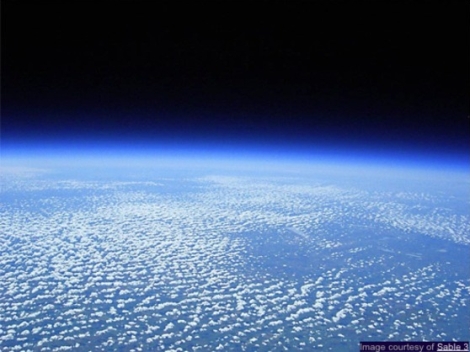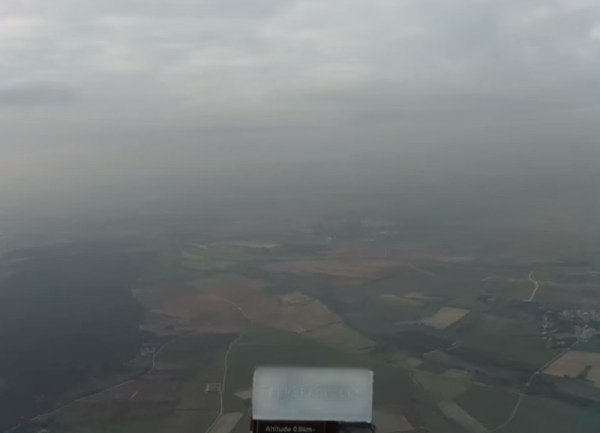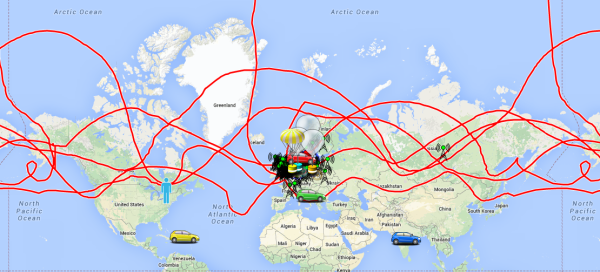
Launching high-altitude balloons to take pictures of the Earth from space is great fun. Heck, even credit card commercials are now suggesting you cash in your rewards points to organize a space balloon adventure for you and your friends.
Capturing snapshots of the Earth from space is such a good time that Workshop 88, a hackerspace located in the Western suburbs of Chicago, is making a contest out of it. They recently kicked off their second annual “Hackerspaces in Space” competition, a contest to see who can build the best near space balloon for under $250. The contest pits individuals, groups, and hackerspaces against one another, assigning each team a score based on the performance of their high-flying rig.
The winner of the contest will have their design replicated by the crew at Workshop 88, who will then hand out the space balloon kits to randomly selected K-12 schools around the country.
If this sounds interesting, but a contest entry just isn’t in the cards, you can always support the kit distribution by funding their Kickstarter project here.





 The balloon was launched July 12, 2014 from Silverstone, UK. In the 100 days since then, this balloon has covered 144168 kilometers and has crossed its launching longitude six times. Even if this balloon weren’t trapped at high latitudes (including coming within 9 km of the pole), this balloon has still travelled more than three times the equatorial circumference of the Earth.
The balloon was launched July 12, 2014 from Silverstone, UK. In the 100 days since then, this balloon has covered 144168 kilometers and has crossed its launching longitude six times. Even if this balloon weren’t trapped at high latitudes (including coming within 9 km of the pole), this balloon has still travelled more than three times the equatorial circumference of the Earth.












